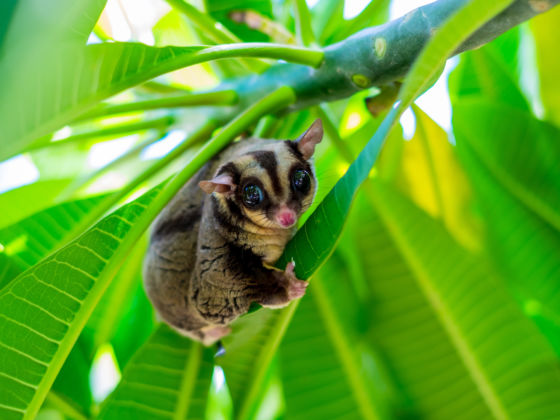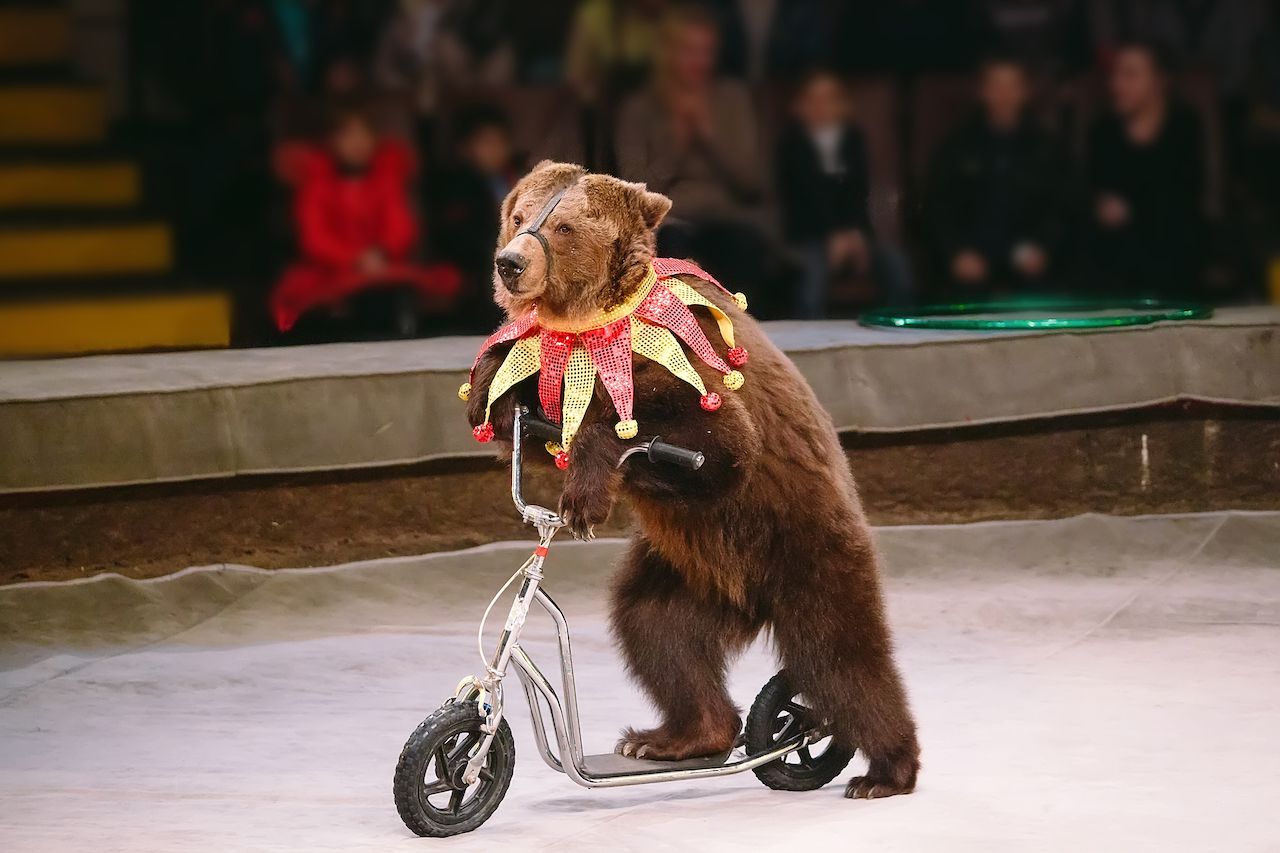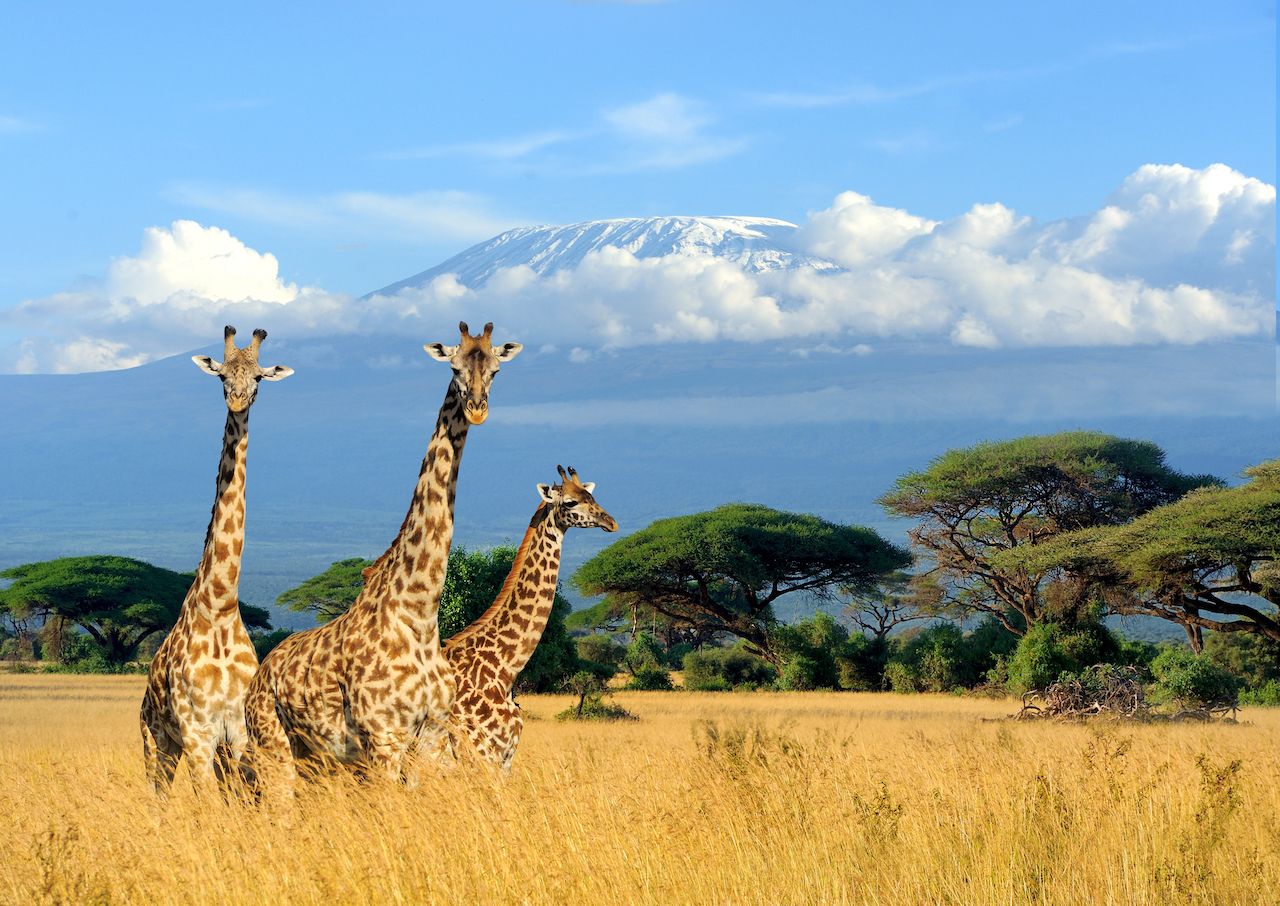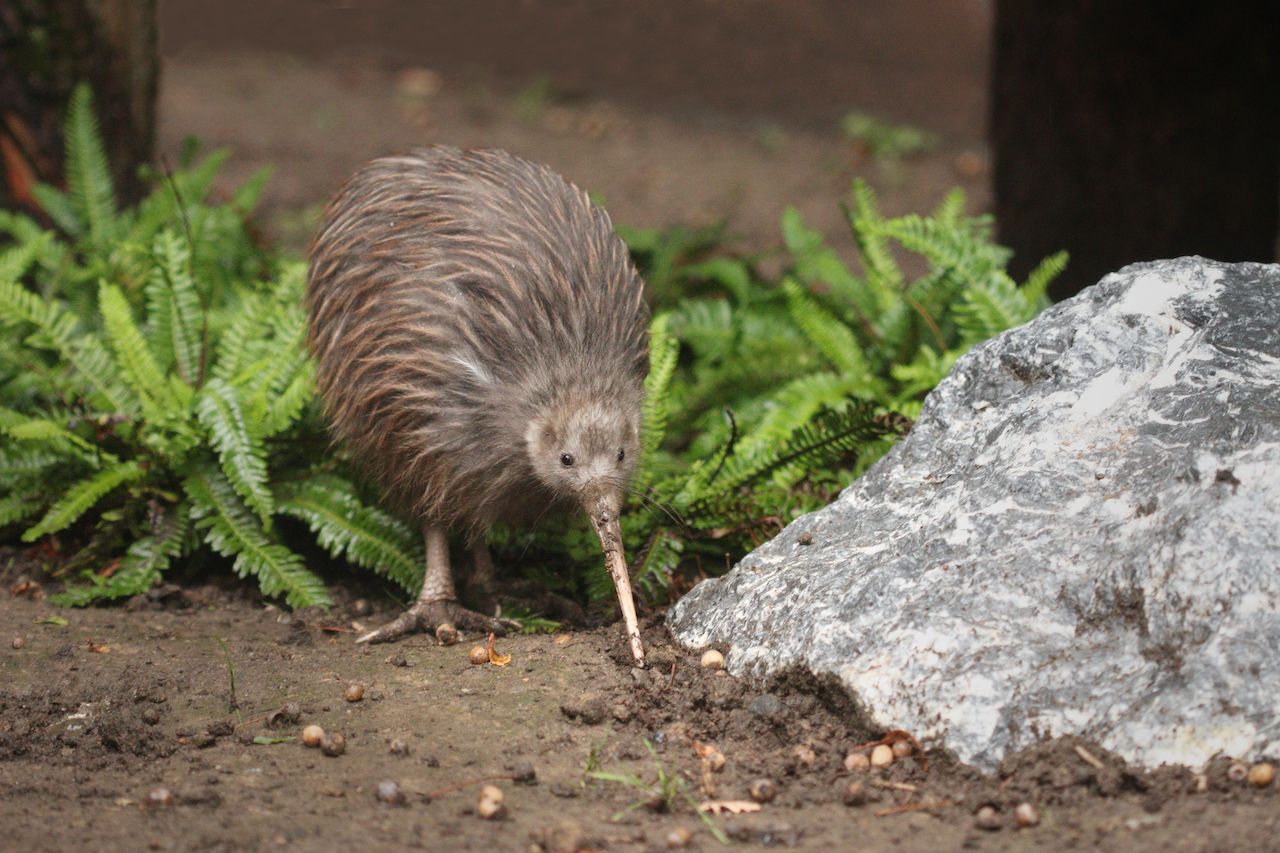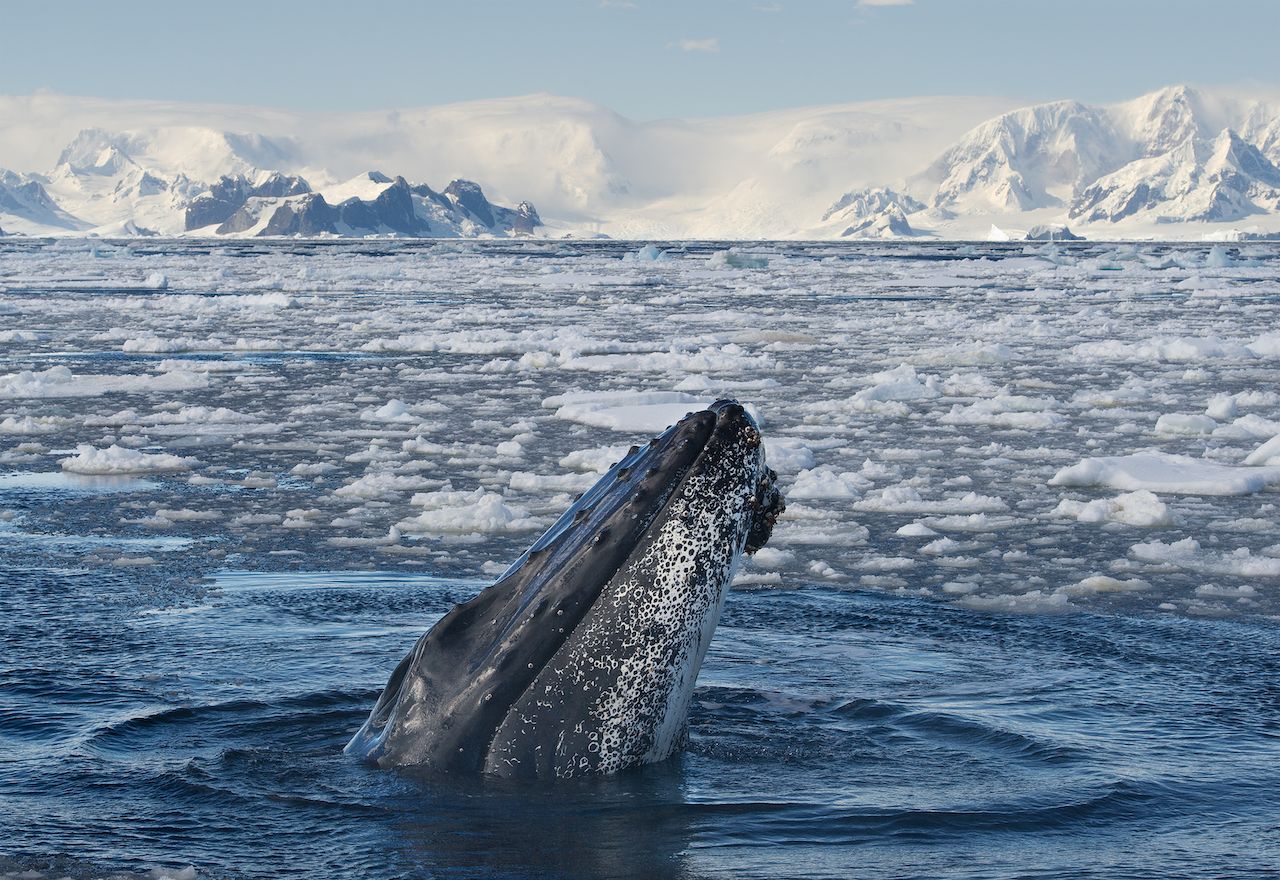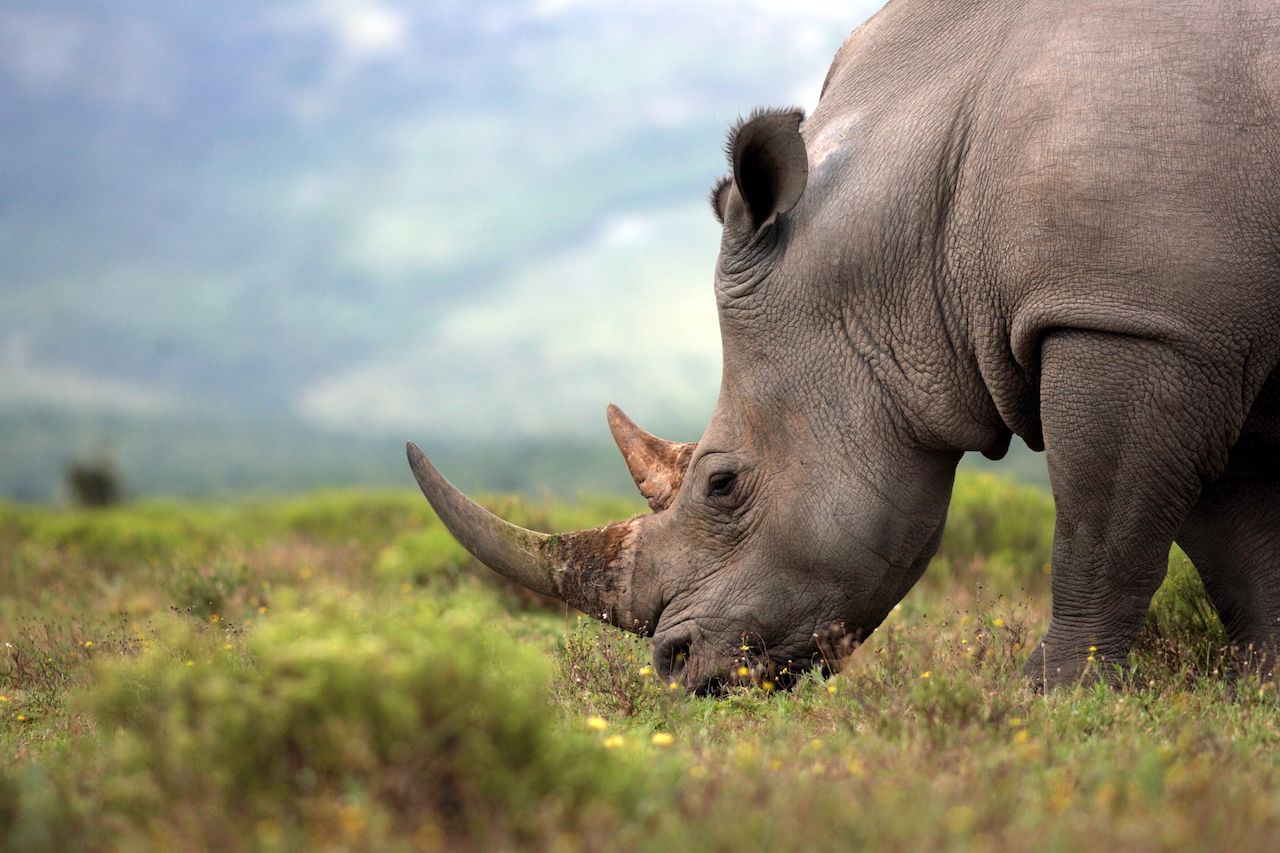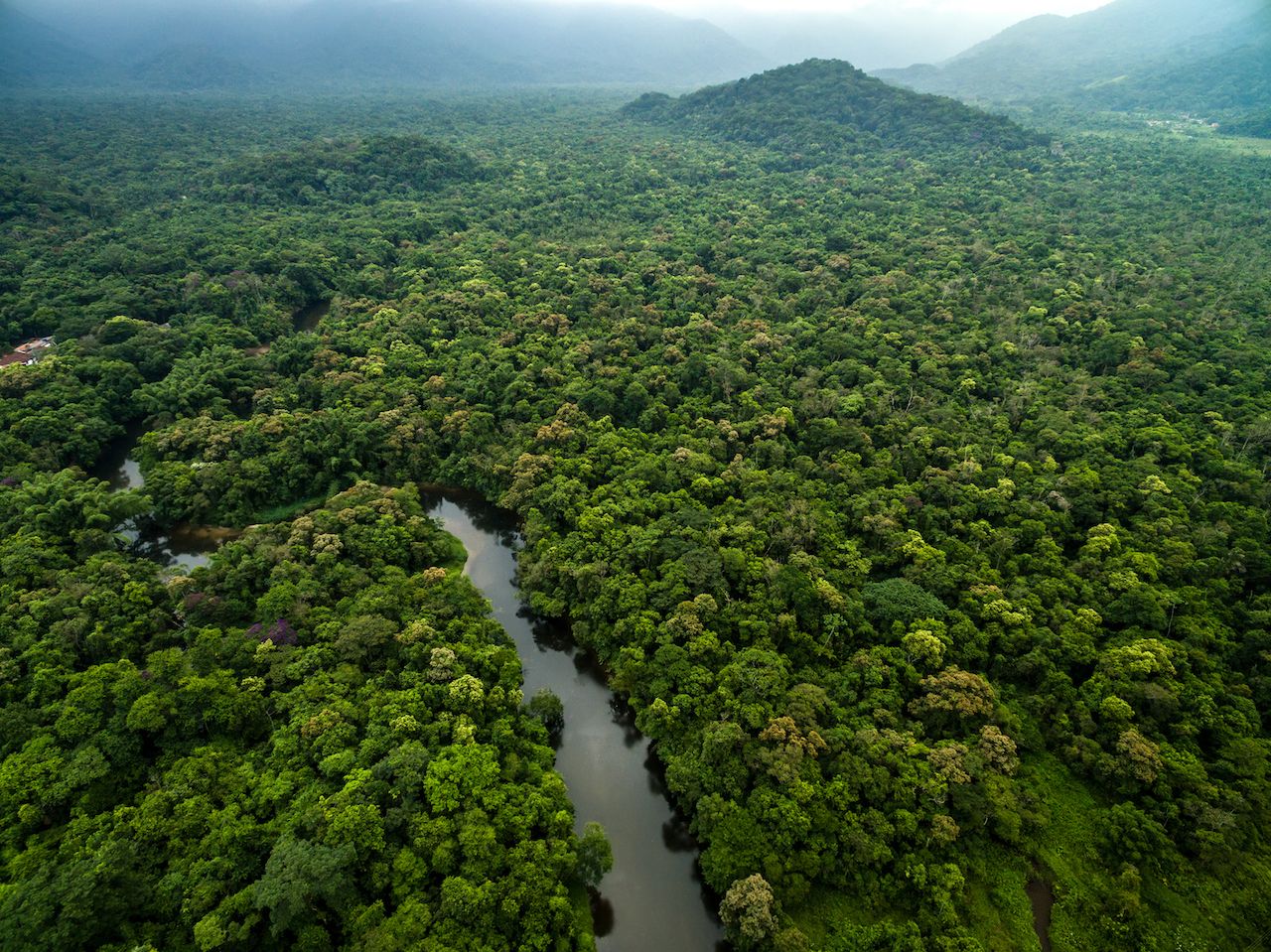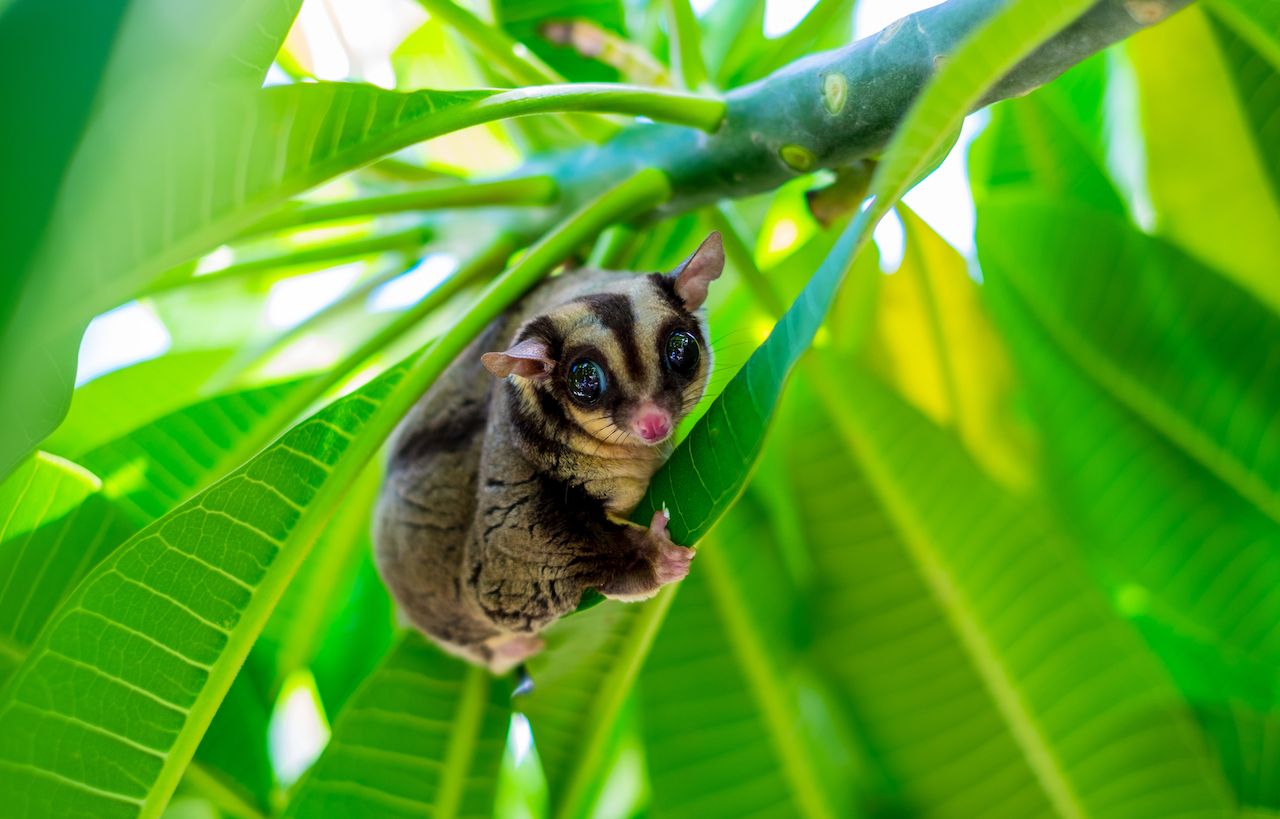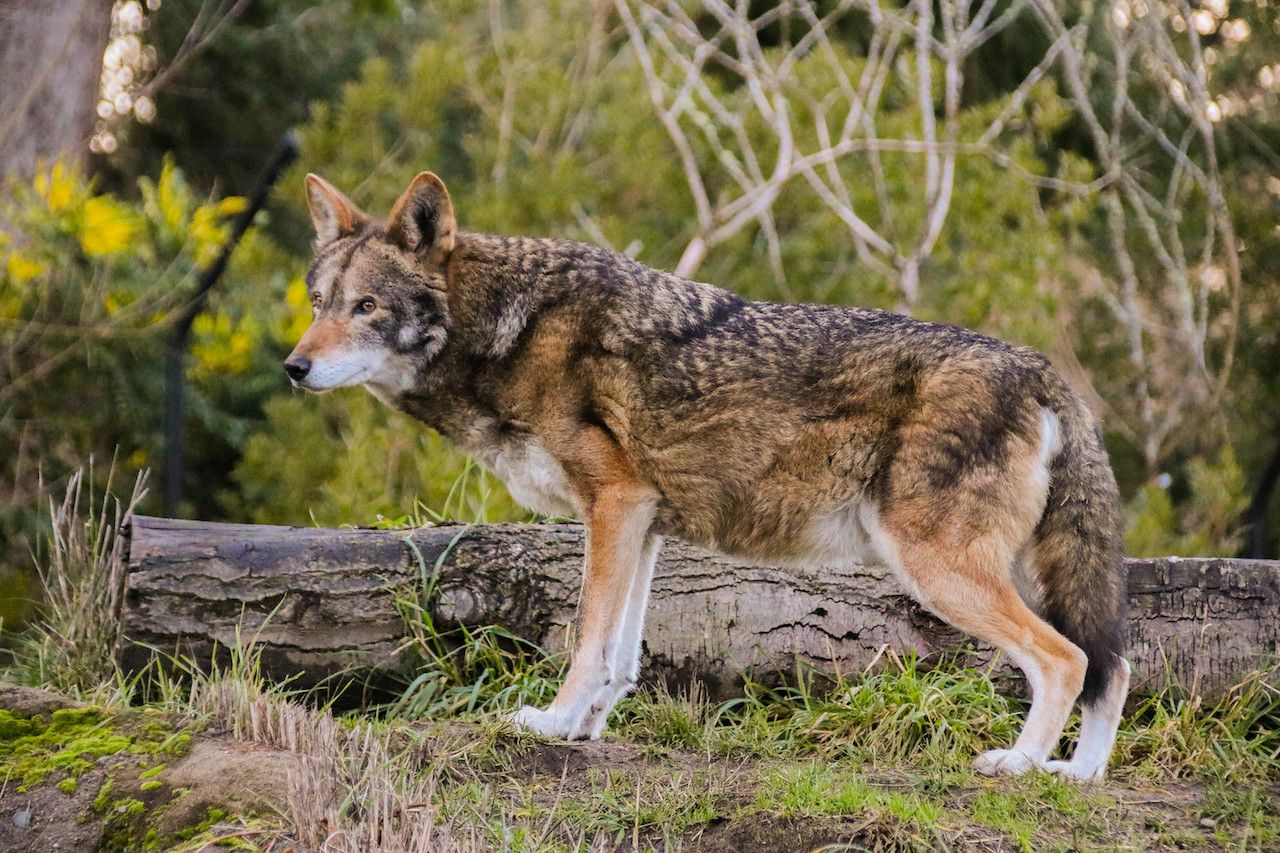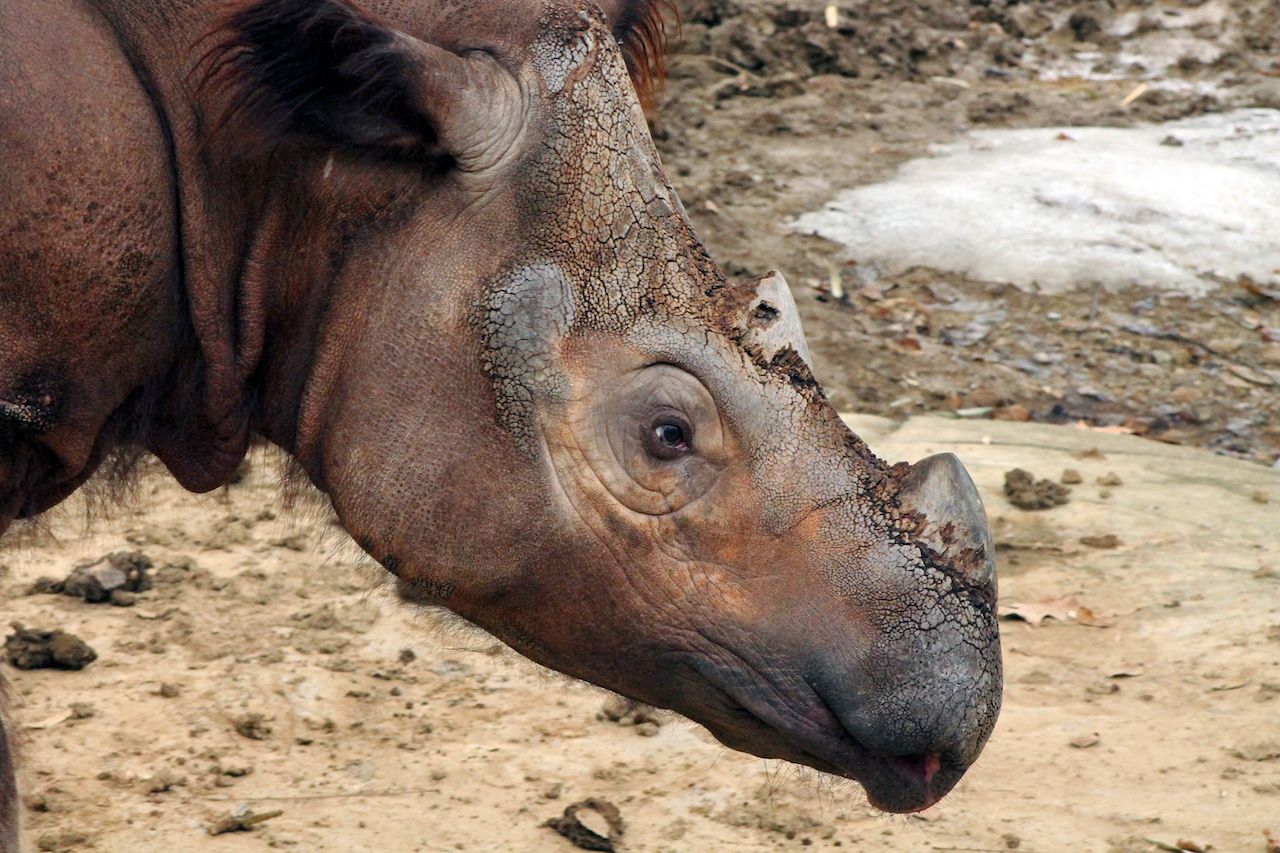Despite the fact that human populations are rising along with global temperatures, political leaders seem opposed to policies that keep our shared resources intact, and the mass pollution of our planet seems to be ever-increasing, there’s hope.
In 2018, wildlife won in more ways than one and every little victory must be celebrated. From dedicated conservationists to passionate volunteers, those who heed the call of the wild ensure future generations of the planet’s biodiversity for every person and animal on it.
Check out the wildlife wins of the past, and get inspired for how you can help animals in the coming new year.
